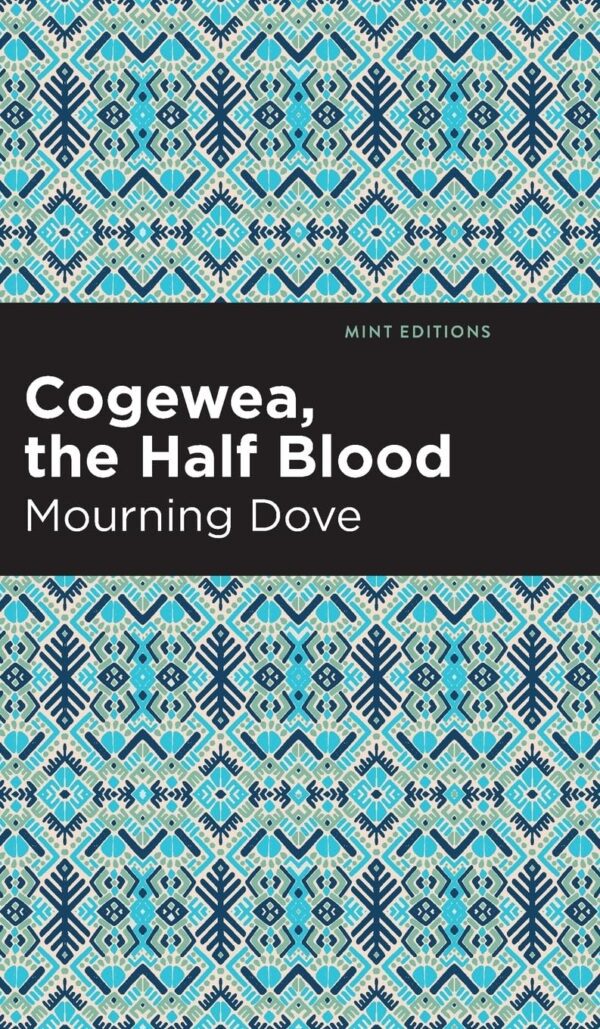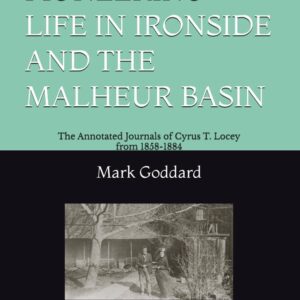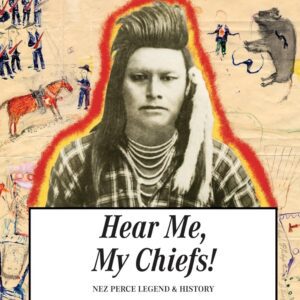“The last rays of the day-God, glinting through the tangled vines screening the great porch of the homestead of the Horseshoe Brand Ranch, fell upon a face of rare type. The features were rather prominent and well defined. The rich olive complexion, the grave, pensive countenance, proclaimed a proud descent from the only true American―the Indian. Of mixed blood, was Cogewea; a “breed”!―the socially ostracized of two races. Her eyes of the deepest jet, sparkled, when under excitement, like the ruby’s fire. Hair of the same hue was as lustrous as the raven’s wing, falling when loose, in great billowy folds, enveloping her entire form. Her voice was low and musical, with a laugh to madden the gods.”
The young half-blooded maiden Cogewea McDonnald is caught between two worlds. Embracing the proud heritage of her Okanagan mother yet enjoying the privileges of her European father, she struggles with an unwinnable dichotomy, with which she may never make peace. Excluding this internal feud, however, the life that she lives is carefree.
Well-loved and well-educated, Cogewea is a welcomed figure on her brother-in-law’s ranch and the apple of James LaGrinde’s eye. A half-blood himself, the ranch foreman dotes on the young beauty and believes that in time, she’ll return his affections―that is until the arrival of Alfred Densmore. When the new European rancher sets his sights on Cogewea, a battle for her love―and presumed earthly riches―commences, once again setting the young girl up on conflicting ends of her cultural lines.
Cogewea the Half Blood (1927) is Mourning Dove’s first and only novel that mixes Native American folklore and history into the Western and romance genres; serving not only as one of the earliest novels by a Native American to feature a female protagonist, but also as one of the first examples of Native American literary criticism. Assisted by L.V. McWhorter






